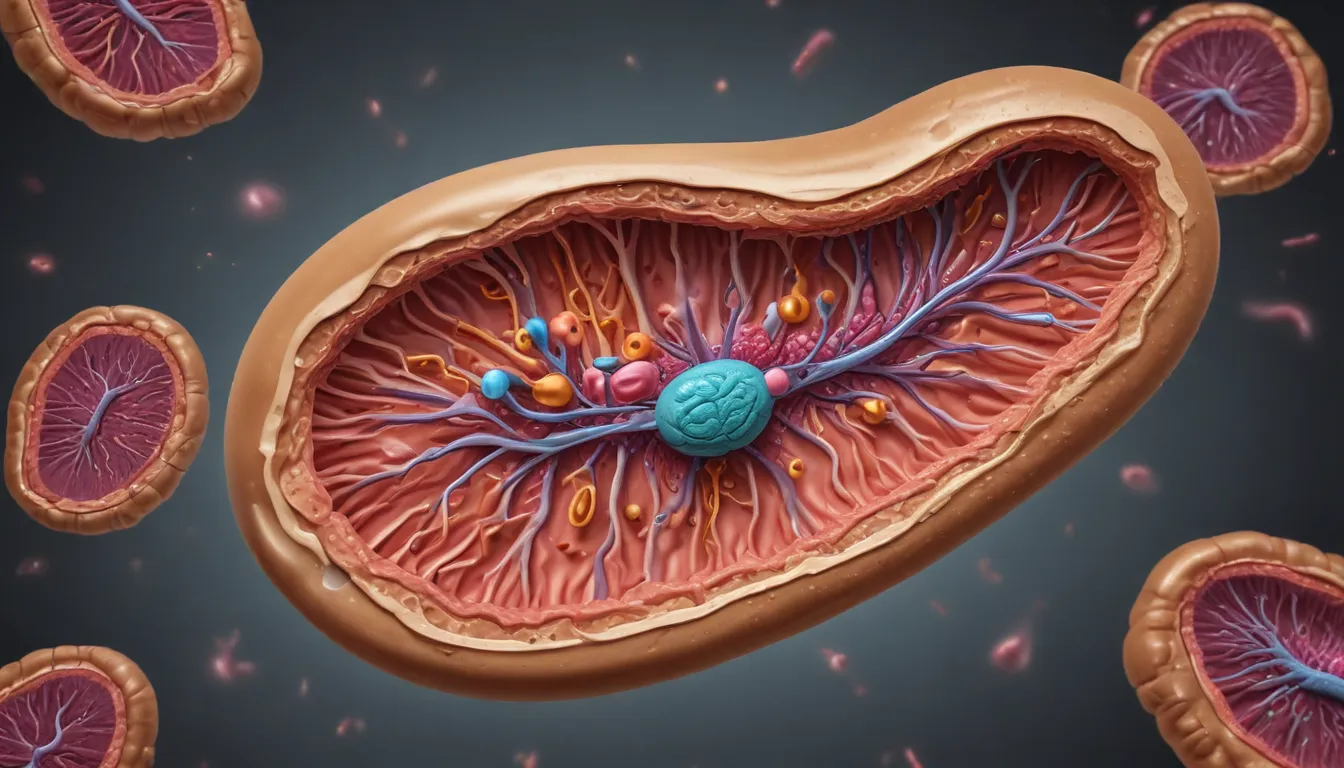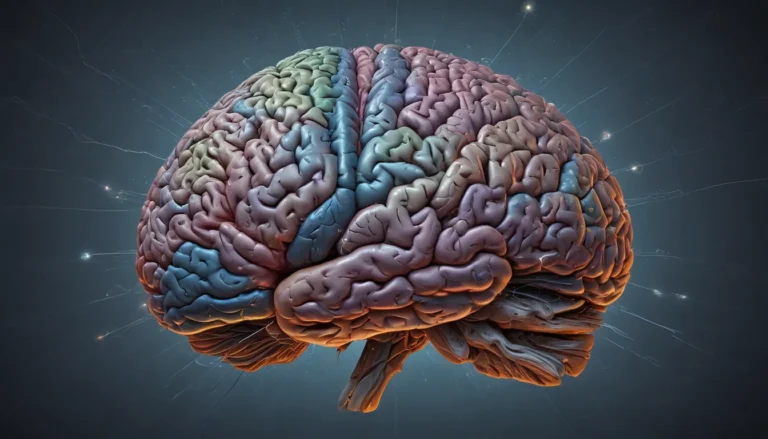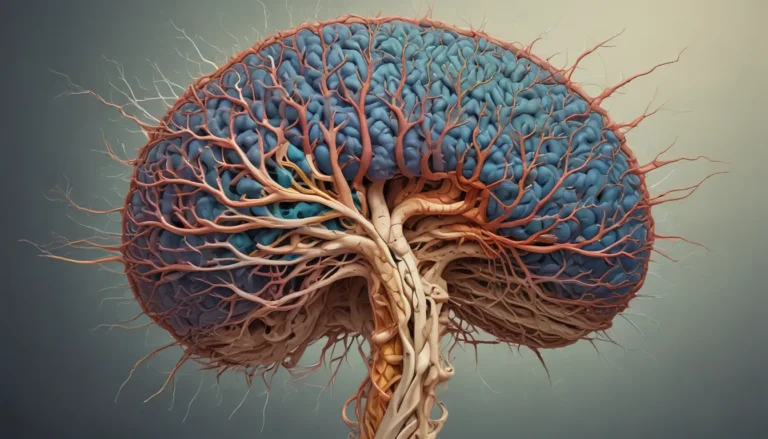A Note About Images: The images used in our articles are for illustration purposes only and may not exactly match the content. They are meant to engage readers, but the text should be relied upon for accurate information.
Are you intrigued by the inner workings of cellular biology? If so, the mitochondria are sure to captivate your interest. These tiny organelles, often referred to as the powerhouse of the cell, play a vital role in energy production for various cellular processes. At the core of mitochondrial function lies the mitochondrial membrane potential, a key player in maintaining cellular functions and ensuring overall cell health.
Exploring the Complexities of Mitochondrial Membrane Potential
Delving into the realm of mitochondrial biology reveals a world of intriguing facts surrounding the enigmatic nature of mitochondrial membrane potential. From ATP synthesis to ion transport and cell death regulation, this intricate component of cellular biology holds the key to understanding the dynamic nature of cellular processes.
Unveiling the Significance of Mitochondrial Membrane Potential
- Mitochondrial membrane potential acts as a power switch for cells, controlling energy production, cell health, and cell fate.
- Changes in membrane potential can impact health, cell growth, and development, offering a window into disease pathogenesis and therapeutic interventions.
The Essential Role of Mitochondrial Membrane Potential in Cell Function
-
Fueling ATP Production: The mitochondria rely on membrane potential to generate adenosine triphosphate (ATP), the primary energy currency of the cell.
-
Electrical Potential Difference: It represents the charge difference across the inner mitochondrial membrane, essential for cellular processes.
-
Cellular Homeostasis: Maintaining a stable membrane potential is critical for ensuring proper cell function and overall cellular health.
Embracing the Versatility of Mitochondrial Membrane Potential
-
Apoptosis Regulation: Changes in membrane potential can trigger apoptosis, a programmed cell death process crucial for eliminating damaged or unwanted cells.
-
Ion and Molecule Transport: It regulates the selective transport of ions and molecules across the mitochondrial inner membrane, influencing cellular metabolism and signaling.
-
Dynamic Nature: The membrane potential is dynamic and can change under different conditions, responding to cellular demand and environmental cues.
Illuminating the Impact of Mitochondrial Membrane Potential in Disease
-
Disease Link: Disruptions in membrane potential have been associated with various diseases, including neurodegenerative disorders, cardiovascular diseases, and cancer.
-
Research and Diagnostics: Scientists utilize techniques to measure membrane potential for researching diseases and developing diagnostic tools, providing valuable insights into cellular function.
Nurturing Cellular Health Through Mitochondrial Membrane Potential
-
Environmental Influence: External factors such as temperature, pH, and nutrient availability can impact the stability and integrity of membrane potential.
-
Drug Modulation: Certain medications and therapies can influence membrane potential, offering avenues for therapeutic interventions and disease management.
Embracing the Intricacies of Mitochondrial Membrane Potential
As we unravel the complexities of mitochondrial membrane potential, we gain a deeper appreciation for the intricate workings of cellular biology. From energy production to cell signaling, this enigmatic aspect of cellular function showcases the beauty and complexity of life at its most basic level.
Delving Deeper with Mitochondrial Membrane Potential FAQs
-
What is mitochondrial membrane potential? – Mitochondrial membrane potential refers to the electrical charge difference across the inner mitochondrial membrane.
-
Why is mitochondrial membrane potential important? – It plays a crucial role in ATP synthesis, cellular homeostasis, and cell health regulation.
-
How is mitochondrial membrane potential measured? – Various techniques such as fluorescence imaging and electrophysiological methods are employed to measure membrane potential.
-
What factors influence mitochondrial membrane potential? – Proton pumping, ion channels, metabolic conditions, and cellular stressors impact membrane potential stability.
-
Can changes in mitochondrial membrane potential affect cellular health? – Yes, alterations can disrupt energy production, impair cell signaling, and contribute to various diseases.
-
Are there drugs targeting mitochondrial membrane potential? – Therapeutic agents like ionophores and inhibitors modulate membrane potential for cellular function regulation.
Empowering Discovery and Learning
As we journey through the intricacies of mitochondrial membrane potential, we embark on a quest for knowledge and understanding in the realm of cellular biology. By expanding our insights into this fundamental cellular mechanism, we deepen our appreciation for the wonders of life at its most fundamental level.
Trustworthy Content for Inquisitive Minds
Our dedication to delivering engaging and credible content drives our commitment to quality and authenticity. Each fact shared on our platform is contributed by real users, ensuring a diverse array of insights and information. With meticulous editorial oversight, we uphold the highest standards of accuracy and reliability in every submission. Trust in our dedication to providing you with intriguing and trustworthy content as you explore the wonders of cellular biology and beyond.






